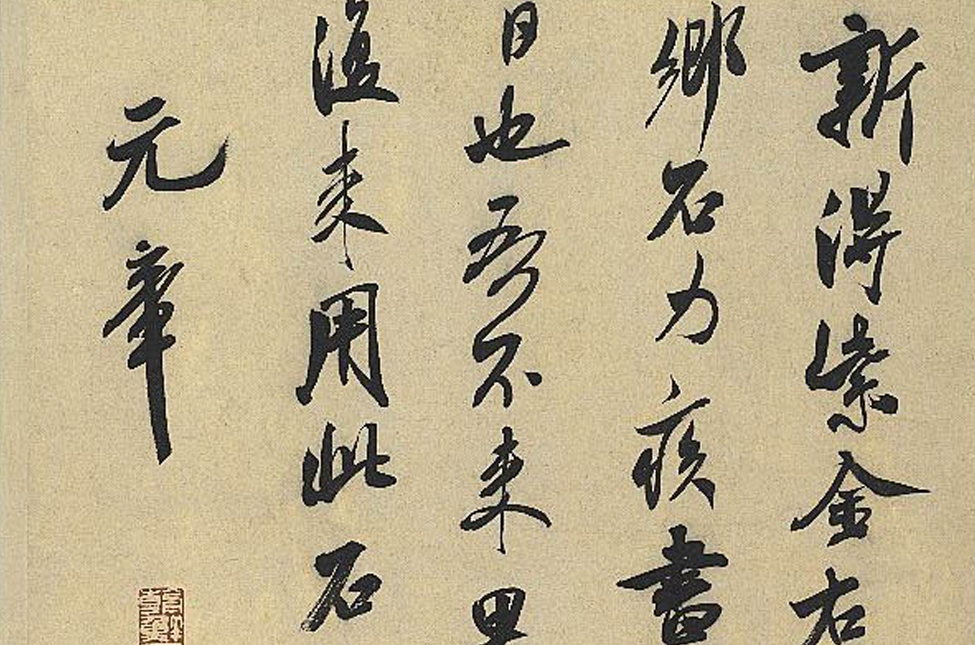Introduction
The works of painting and calligraphy in the National Palace Museum collection are categorized into three levels based on their artistic and other merits. Starting with the most important, these works are "National Treasures," "Significant Historic Artifacts (Significant Antiquities)," and "General Historic Artifacts (General Antiquities)." Since 2008, the Review Committee for Historic Artifacts at the Council for Cultural Affairs (predecessor of the Ministry of Culture) has worked in conjunction with the painting and calligraphy exhibitions at the National Palace Museum to conduct relevant inspections and written reports of the display items. Confirming the works ranked as "National Treasures" and "Significant Historic Artifacts," the results are thereafter made public. Consequently, the number of "National Treasures" has grown considerably over the years, the ones at the National Palace Museum far surpassing those at other institutions in Taiwan.
To present these findings and to promote further knowledge about the ranking of artworks at the National Palace Museum, Gallery 208 at its Main Building in Taipei is being set aside for special exhibitions of "Spotlight on National Treasures." In each rotation, one work of painting or calligraphy ranked as "National Treasures" are placed on display for approximately three months and changed at regular intervals. Should a work belong to the Museum category for "restricted display," however, the viewing period is limited to no more than 42 days.
All of these "national treasures" placed on display are exceptionally important works in the history of Chinese art. The goal of this spotlight exhibit on famous artworks is to promote a better understanding of painting and calligraphy with "National Treasure" status for visitors. In doing so, it hopefully reinforces the importance of conserving cultural heritage for the appreciation by future generations.
Selections
-
Inscription (I)
- Mi Fu, Song dynasty
Mi Fu (1052-1108), whose style name was Yuanzhang, was a renowned Northern Song dynasty calligrapher.
In this piece, also known as the “Xiangshi Inscription,” Mi Fu describes experiencing such joy at having just obtained a valuable purple- and gold-hued inkstone that he wrote calligraphy for days on end, pouring his happy feelings out onto paper. The flow of the calligraphy is dynamic, allowing the lines to reflect alternations between heavy and light pressure on the brush and slow and quick movements of Mi’s hand; the changes follow the ebb and flow of the tone of his letter. The brushwork is nimble and alacritous, showing ease and confidence. From this calligraphy’s bold and free spirit, it is clear that Mi Fu’s was writing in a state of unaffected naturalness.
Exhibit List
| Title | Artist | Period |
|---|---|---|
| Inscription (I) | Mi Fu | Song dynasty |



